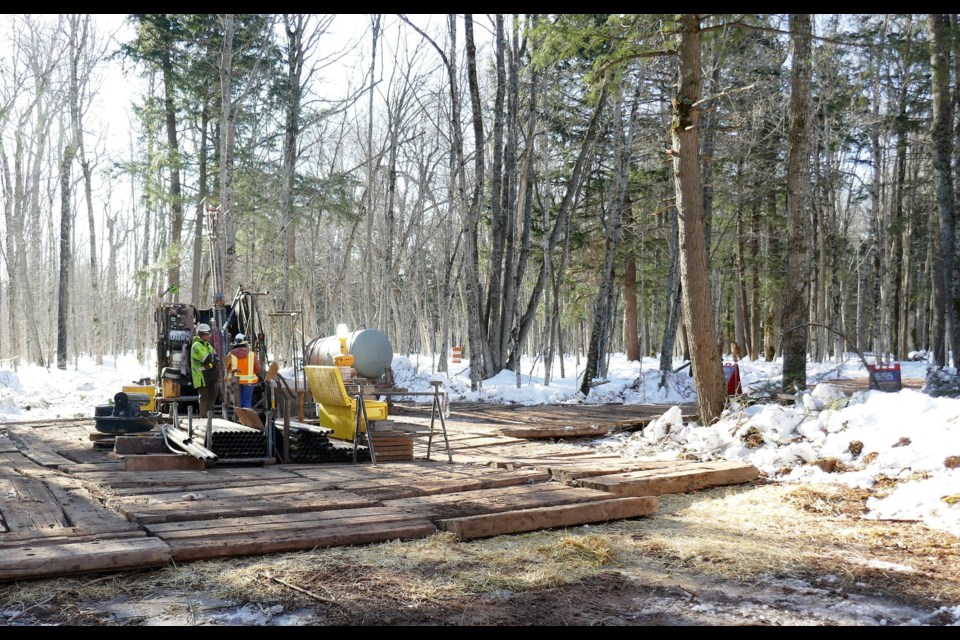A Quebec exploration company is making moves toward developing a copper mine in the Upper Peninsula of Michigan.
Highland Copper has two deposits situated at the base of the Keweenaw Peninsula, on the south shore of Lake Superior, and is looking to fast-track them into production in the next few years.
In laying out its strategy last week, the Longueuil, Que.company said it will decide by early 2024 whether to greenlight construction of its Copperwood Project, the first and smaller of its two deposits.
Site prep work begins this summer. The start of commercial production could kick off in the second quarter of 2026.
The construction price tag is US$425.1 million. It would be a 27-month build if a financing package can be put together.
The Keweenaw Peninsula area of Michigan has been historically known as copper country in the state with a rich mining history dating back to the mid-1800s.
Highland's other project, White Pine North, 60 kilometres (37 miles) from Copperwood, is an extension of the former White Pine copper mine, which operated from 1953 to 1995.
Copperwood is the more advanced project, fully permitted by the State of Michigan, and would be built first, followed by White Pine.
A new feasibility study of Copperwood shows there's more copper in the ground than was originally estimated in 2018.
Mining industry analysts are predicting a global run on copper ahead of an anticipated across-the-board supply crunch of high-tech metals. There’s a scramble by U.S. manufacturers to secure domestic sources of these metals, used in electric vehicle batteries and many digital consumer items.
For most of the last year, copper prices have been more or less hovering in the US$4 per pound range with forecasters predicting the demand for this metal to pick up this year as the worldwide is expected to dramatically increase.
With this in mind, Highland Copper said it’s on an accelerated path to production.
Over a projected 10-year mine life, Copperwood would produce 300,232 tonnes (662 million pounds), averaging 29,291 tonnes (64.6 million pounds) a year.
The deposit contains proven and probable reserves of 25.7 million tonnes of copper at 1.45 per cent (820 million pounds of copper), and 3.91 grams per tonne of silver (3.2 million ounces of silver).
The inferred tonnes in the study (meaning an estimate with limited geological information) shows an additional 7.9 million tonnes of copper at 1.09 per cent (1.9 billion pounds of copper) and 3.6 grams per tonne of silver (9.0 million ounces of silver), using a 0.9 per cent cut-off.
“We are happy to introduce Copperwood as one of very few fully permitted copper projects in the U,S,,” said Highland Copper President Denis Miville-Deschênes in a statement.
“The economic return at spot copper price is robust and the project is highly sensitive to copper price changes. It will be exciting to start site works during 2023 as we advance discussions on funding of our Copperwood project.”
The site is accessible by county road, which would be upgraded to handle heavy trucks, the company said. Installation of a 40-kilometre long, 115-kilovolt powerline is being considered.
White Pine, the potentially larger operation, is a few steps behind Copperwood, sitting at the preliminary economic assessment stage. Over a projected 25-year mine life, the company said White Pine could potentially produce 41,000 tonnes of copper a year.



